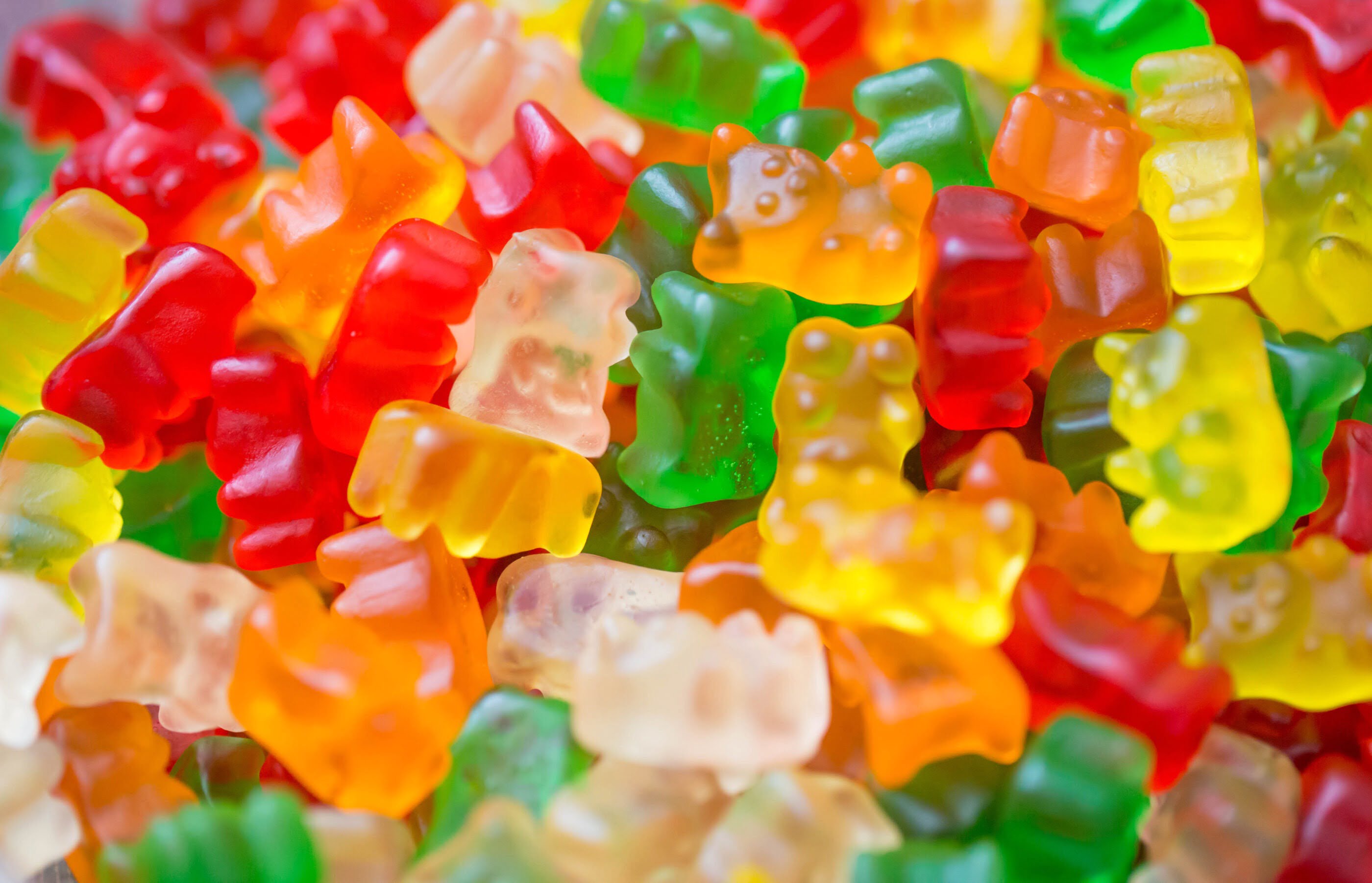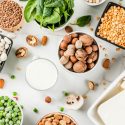At Spud, we are trying to bridge the knowledge gap between us and our food, that’s why we have a banned ingredient list. These blog posts are written to educate you on the potentially harmful effects of these ingredients, provide an explanation as to why we don’t carry them, and inform on how these ingredients can be avoided.
What is it?
High fructose corn syrup (HFCS) is an industrial, corn-based (no, that doesn’t mean it’s healthy) sweetener that’s become a crowd favourite among processed food and beverage manufacturers. It is incredibly cheap to buy, but is extracted from corn stalks through a process so secret that investigative journalist Michael Pollan was not allowed to observe it for his book, The Omnivore’s Dilemma–weird, right? It’s got a slightly higher makeup of fructose than plain sugar, and has become a ubiquitous ingredient that is hidden in a TON of processed products–some of them might surprise you!
What is it used for?
Because it is cheap to buy and is sweeter than plain sugar, manufacturers use high fructose corn syrup to provide sweetness in a vast amount of processed foods including sodas, iced teas, yogurts, salad dressings, tomato sauces, ketchup, soups, bread, crackers, baked goods, candy, chocolate bars, and even protein or nutrition bars. It’s a pretty all-inclusive list, I know. As a general rule, I would expect to find high fructose corn syrup in most processed foods you’re consuming, especially (but certainly not limited to) if they are on the sweet side.

Why do you want to avoid it?
Sugar in any form can cause obesity and disease when consumed in excessive amounts. However, not all sugars are created equal. HFCS is incredibly high in nutritionless calories of fructose and glucose. When you consume high fructose corn syrup, the fructose beelines straight to your liver and triggers lipogenesis (the production of fats like triglycerides and bad cholesterol). This can cause ‘fatty liver disease’, a condition which affects 70 million people worldwide, and occurs when fat makes up at least 5% of the liver. Glucose also spikes insulin levels, our body’s primary fat-storage hormone. The combination of these two features can lead to increases in appetite, weight gain, diabetes, heart disease, cancer, dementia, and more.
Product Labeling
This part is especially important! One area where high fructose corn syrup’s sneaky nature is particularly prevalent is when it comes to product labeling. The FDA has not yet established any specific rules on what the term ‘natural’ is defined by, allowing any product that has been derived from nature (HFCS is derived from corn), no matter the amount of subsequent processing, to call itself natural. This is the loophole that allows an enormous amount of processed foods and beverages to slap an official looking ‘all natural’ claim on their packaging if they are using HFCS–so pay special attention to labels if you’re suspicious.
Other names for HFCS include corn syrup, maize syrup, glucose syrup, tapioca syrup, dahlia syrup, fruit fructose, crystalline fructose, and glucose fructose.
HFCS Vs. Other Sugars?
HFCS has a reputation for stirring up drama among sugar producers. Essentially, HFCS producers insist that HFCS is no different than consuming white sugar, while sugar producers insist HFCS is worse.
But honestly, the nature of this debate seems pretty trivial when we consider that no matter who is truly correct here, HFCS is still bad for you. Sugar in any form; refined white sugar, cane sugar, agave syrup, maple syrup, or HFCS, can be harmful when consumed excessively. The important thing to remember is that these sugars are not all biochemically identical, nor have they processed the same way by our bodies. This is why HFCS is banned at Spud, and the other sugars on this list aren’t. Additionally, seeing HFCS on the list of ingredients is usually a clue that you’ll be seeing a slew of other processed ingredients in that same product, so when you bypass HFCS, you’re likely bypassing a ton of other highly processed and nutritionally deficient ingredients as well.

The Bottom Line
Most importantly–beware of greenwashing on labels. The ambiguity of the term ‘natural’ is problematic as we navigate around the grocery store trying to make healthy choices. At Spud, our priority is to encourage our community to remove processed foods from their diet as much as possible. Because of the related health risks, high fructose corn syrup has landed a spot on our banned ingredients list, but the bigger takeaway here is to consume more fresh, whole foods, and less of the packaged stuff. It can be hard to keep track of everything that is going into your and your family’s bodies, but when you adjust to a more natural diet, you eliminate the possibility of so many harmful chemicals.
It’s daunting to flip over the package and skim through a list of fifty ingredients that you’ve never heard of, so let’s change that. Let’s raise the bar on transparency, and become active ambassadors of our own health.
















